Pioneering pictures: ’Julia Margaret Cameron’ at the V&A
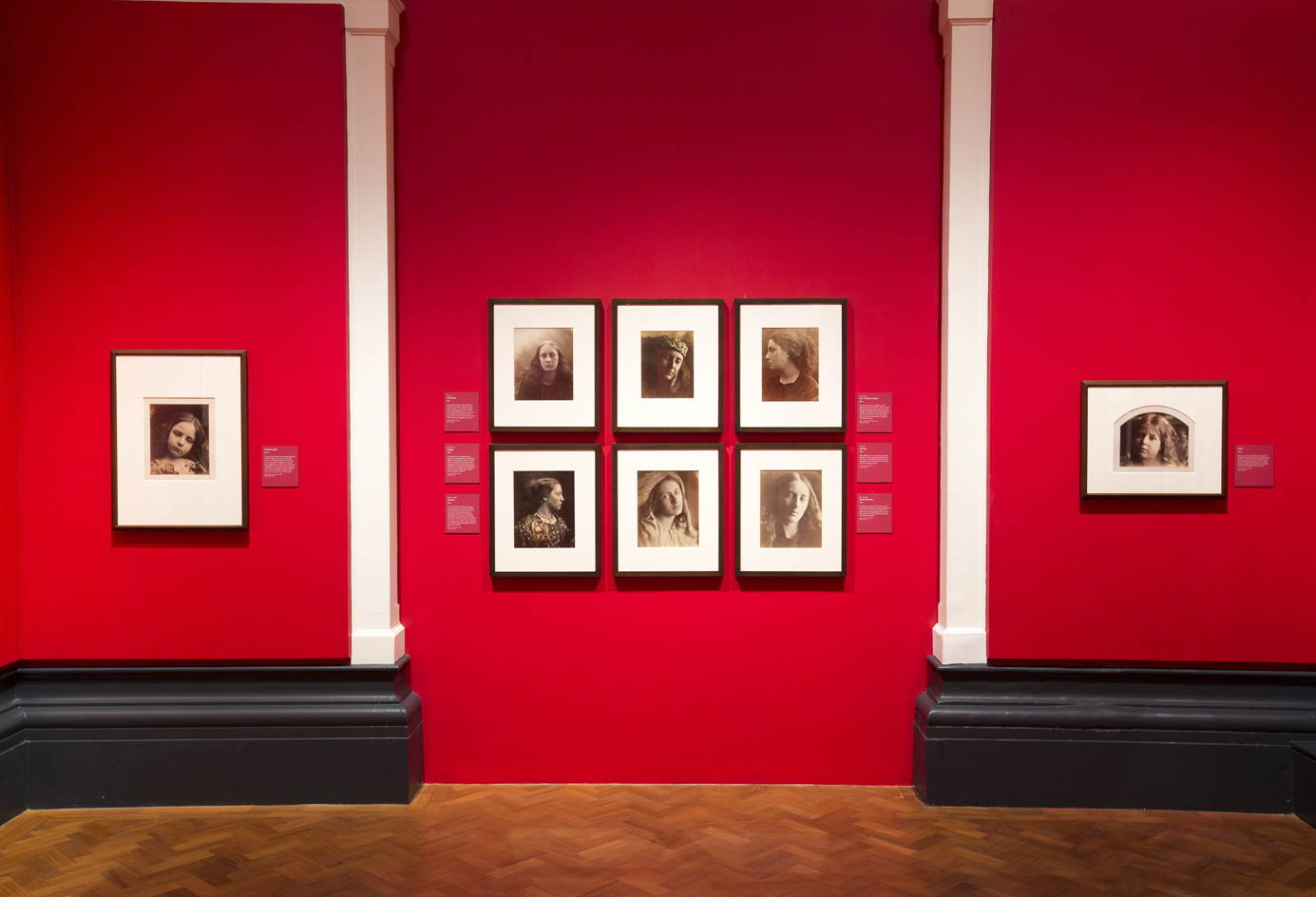
London’s V&A is celebrating the 200th anniversary of the birth of pioneering photographer Julia Margaret Cameron by hauling out more than 100 of her photographs from its collection.
The V&A was the only museum to present her work while she was still alive and had a unique relationship with Cameron. She received her first camera as a gift in 1863 when she was 48 but was instantly fascinated by the possibilities of the new technology. Within two years she was selling her work and donating her photography to what was then the South Kensington Museum. In 1868, the museum offered her two rooms to use as a photography studio and she became a de facto artist in residence.
In 16 years Cameron produced 1,200 photographs – no easy feat when photography still required huge wooden boxes and splashing about with nasty chemicals (though, being a lady of means, however wilfully bohemian, she had staff). In that time, Cameron re-defined portrait photography, as much as it had been defined – taking intimate portraits of notables in her circle, including Alfred Lord Tennyson, Robert Browning, Thomas Carlyle, Charles Darwin, Anthony Trollope, the astronomer Sir John Herschel, who may or may not have first used the term ‘photography’, and Julia Jackson, her niece and Virginia Woolf’s mother. She also recreated biblical, Shakespearean, mythical and historical scenarios, which have perhaps aged less well.
Cameron had not just a remarkable sense for composition but was hugely experimental, shooting intentionally out of focus and leaving scratches and smudges on her prints for affect. Her most famous portrait, Iago – a tight-in head shot of a popular Italian painter’s model – is startlingly modern, and not just because of his high-cheekbones, rock star hair and stubble. The exhibition also includes an illuminating selection of letters to the V&A’s founding director Henry Cole, as well as Cole’s diary from 1865.
The exhibition is part of a series of events celebrating Cameron’s bicentenary, that also includes 'Julia Margaret Cameron: Influence and Intimacy' at the Science Museum’s Media Space.
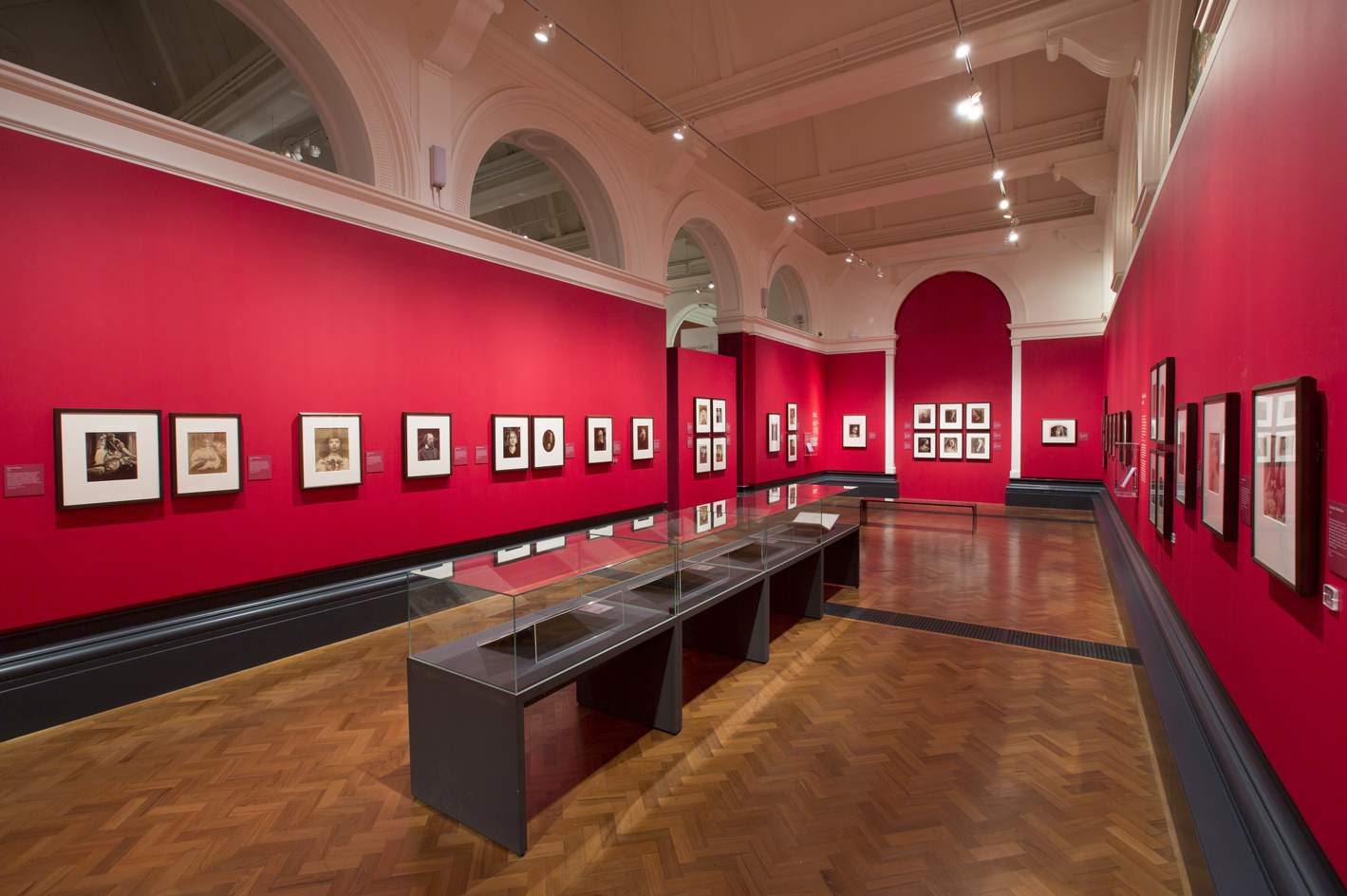
In 1868, the V&A (then the South Kensington Museum) offered her two rooms to use as a studio. From there, photographer and museum built a lifelong working partnership
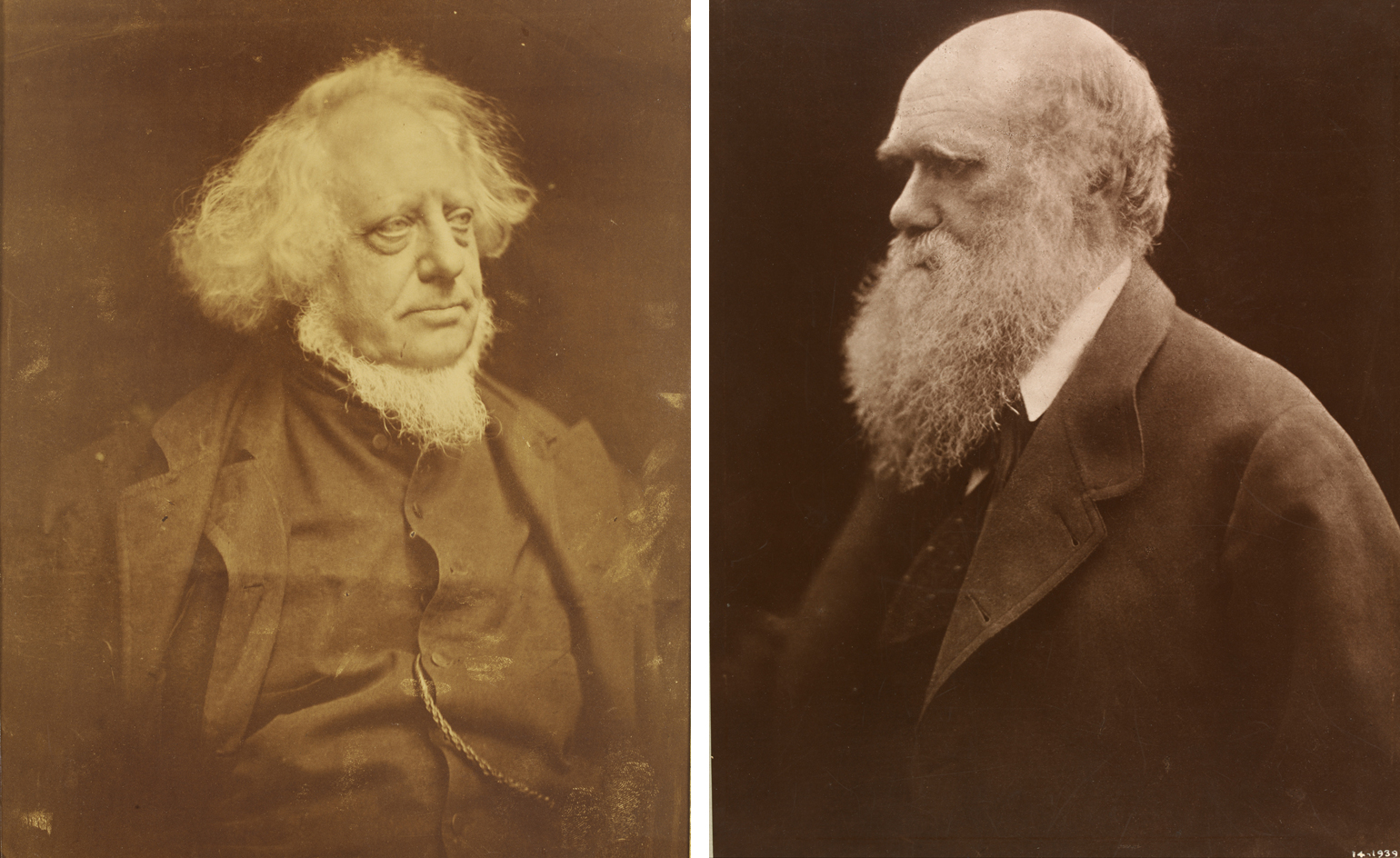
Thanks to Cameron's elevated societal position (she was a lady of means) famous sitters were relatively accessible. Pictured left: Henry Cole, c.1868. Courtesy the Royal Society of Art, London. Right: Charles Darwin, 1868, printed 1875. Courtesy Victoria and Albert Museum, London
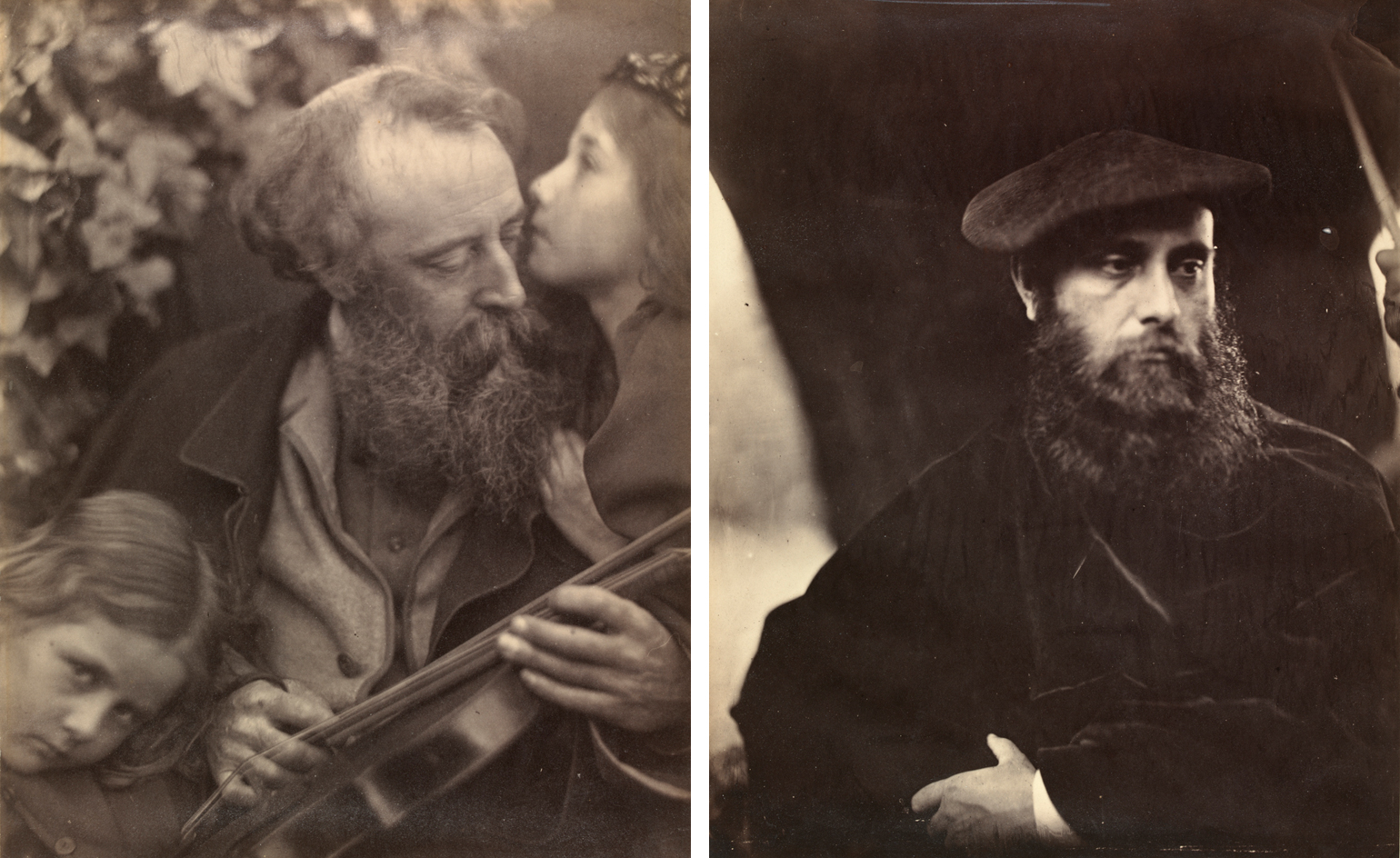
Cameron accepted irregularities in her photography, giving her works an earthy, extremely contemporary feel. Pictured left: Whisper of the Muse, 1865. Right: William Michael Rossetti, 1865. Courtesy Victoria and Albert Museum, London
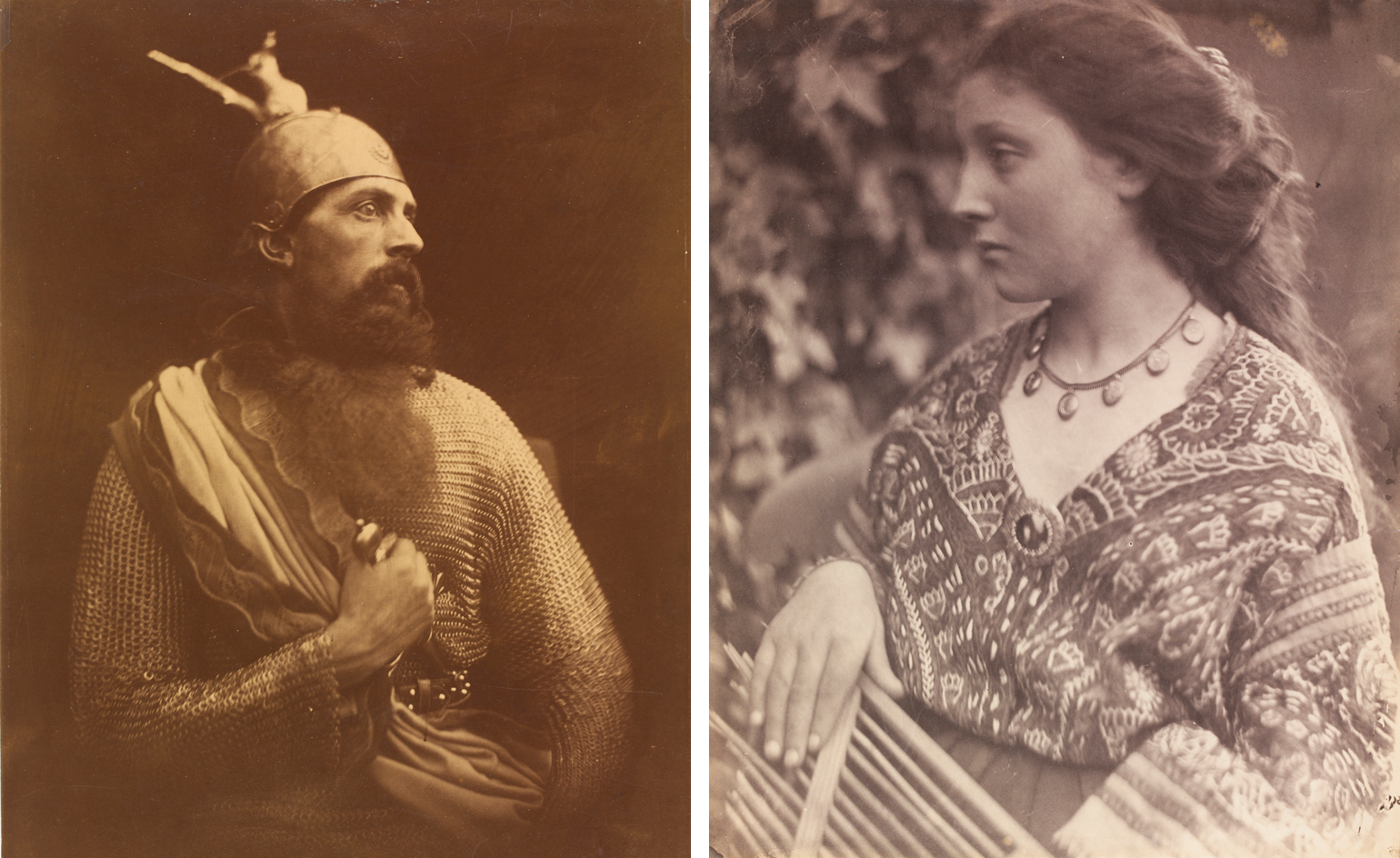
Pictured left: The Passing of King Arthur, 1874. Right: Sappho, 1865. Courtesy Victoria and Albert Museum, London
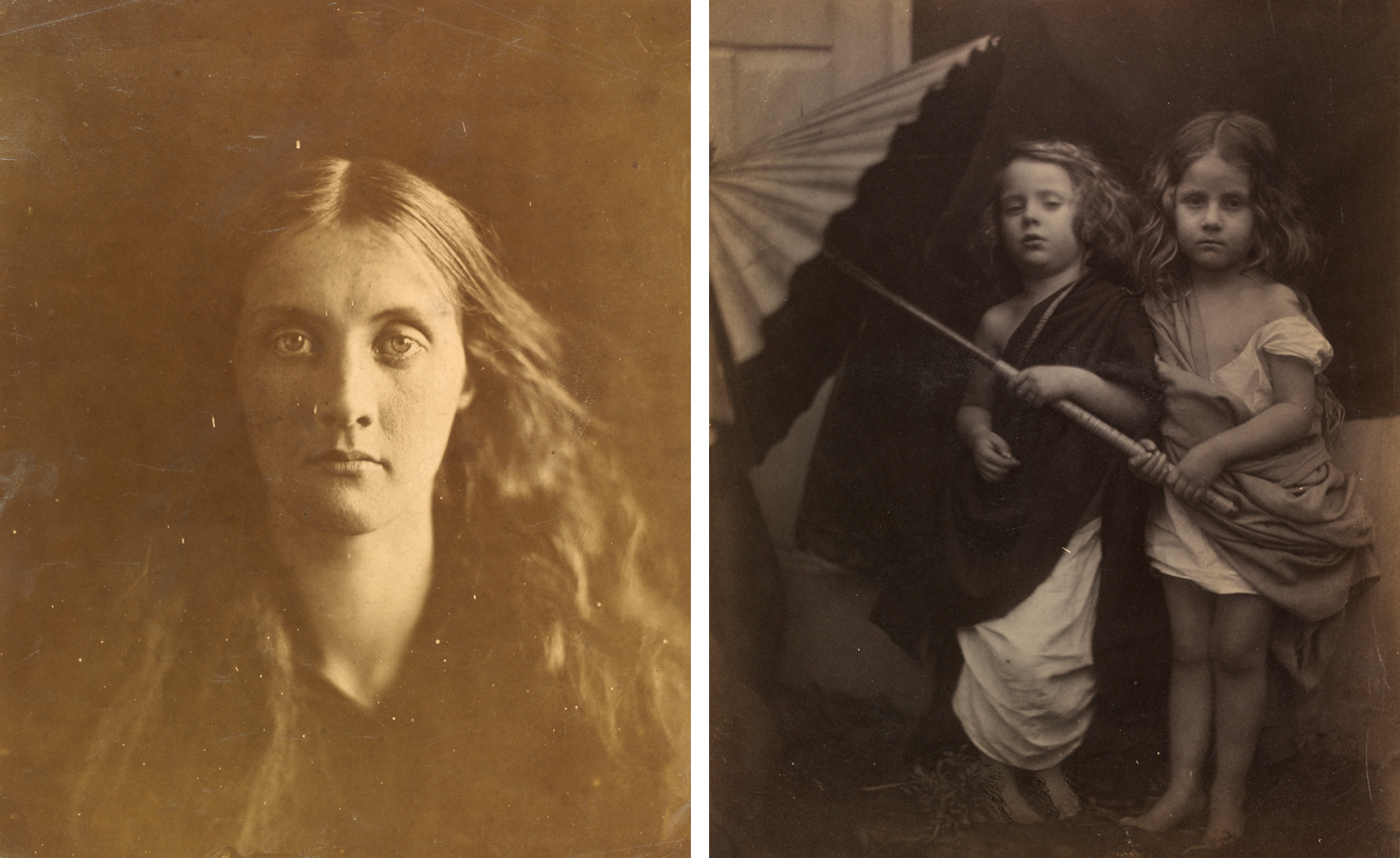
Cameron also photographed family members, such as her niece Julia Jackson (pictured left) in 1867. Right: Paul and Virginia, 1864. Courtesy Victoria and Albert Museum, London
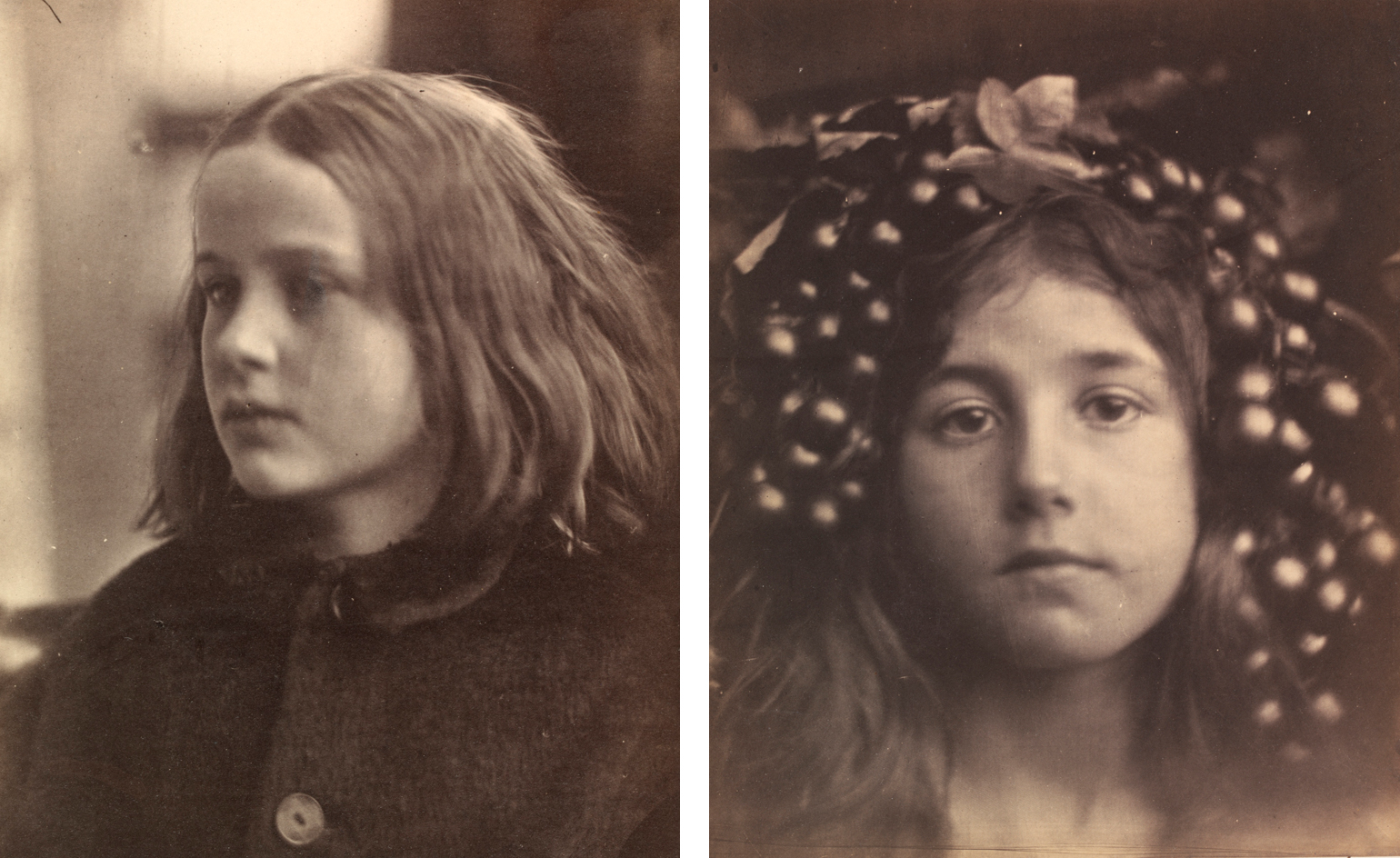
Pictured left: Annie, 1864. Right: Circe, 1865. Courtesy Victora & Albert Museum, London
INFORMATION
'Julia Margaret Cameron' is on view at the V&A until 21 February 2016. For more information, visit the V&A's website
ADDRESS
Victoria & Albert Museum
Cromwell Road
London, SW7 2RL
Wallpaper* Newsletter
Receive our daily digest of inspiration, escapism and design stories from around the world direct to your inbox.
-
 The Lighthouse draws on Bauhaus principles to create a new-era workspace campus
The Lighthouse draws on Bauhaus principles to create a new-era workspace campusThe Lighthouse, a Los Angeles office space by Warkentin Associates, brings together Bauhaus, brutalism and contemporary workspace design trends
By Ellie Stathaki
-
 Extreme Cashmere reimagines retail with its new Amsterdam store: ‘You want to take your shoes off and stay’
Extreme Cashmere reimagines retail with its new Amsterdam store: ‘You want to take your shoes off and stay’Wallpaper* takes a tour of Extreme Cashmere’s new Amsterdam store, a space which reflects the label’s famed hospitality and unconventional approach to knitwear
By Jack Moss
-
 Titanium watches are strong, light and enduring: here are some of the best
Titanium watches are strong, light and enduring: here are some of the bestBrands including Bremont, Christopher Ward and Grand Seiko are exploring the possibilities of titanium watches
By Chris Hall
-
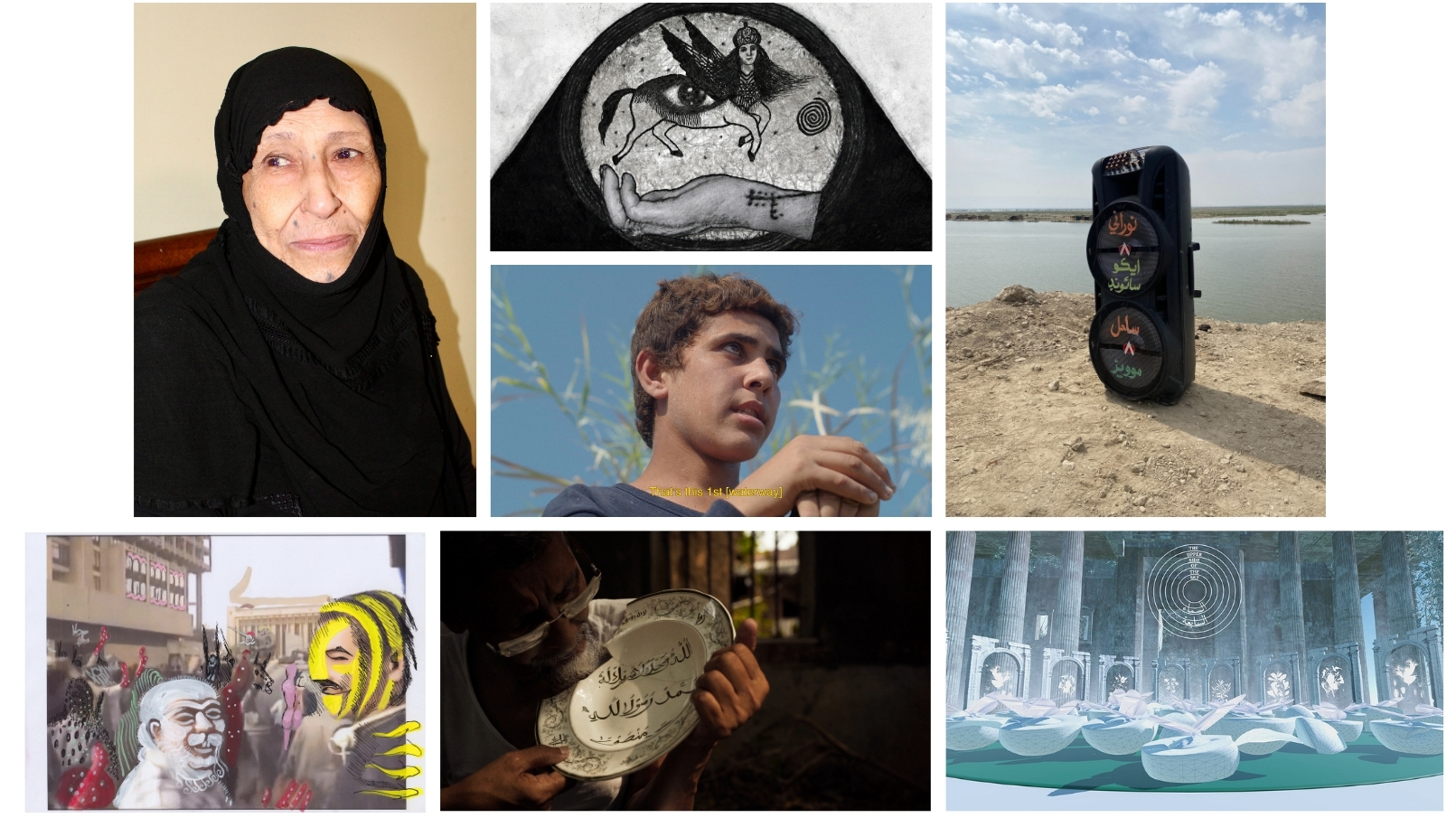 Preview the Jameel Prize exhibition, coming to London's V&A, with a focus on moving image and digital media
Preview the Jameel Prize exhibition, coming to London's V&A, with a focus on moving image and digital mediaThe winner of the V&A and Art Jameel’s seventh international award for contemporary art and design inspired by Islamic tradition will be showcased alongside shortlisted artists
By Smilian Cibic
-
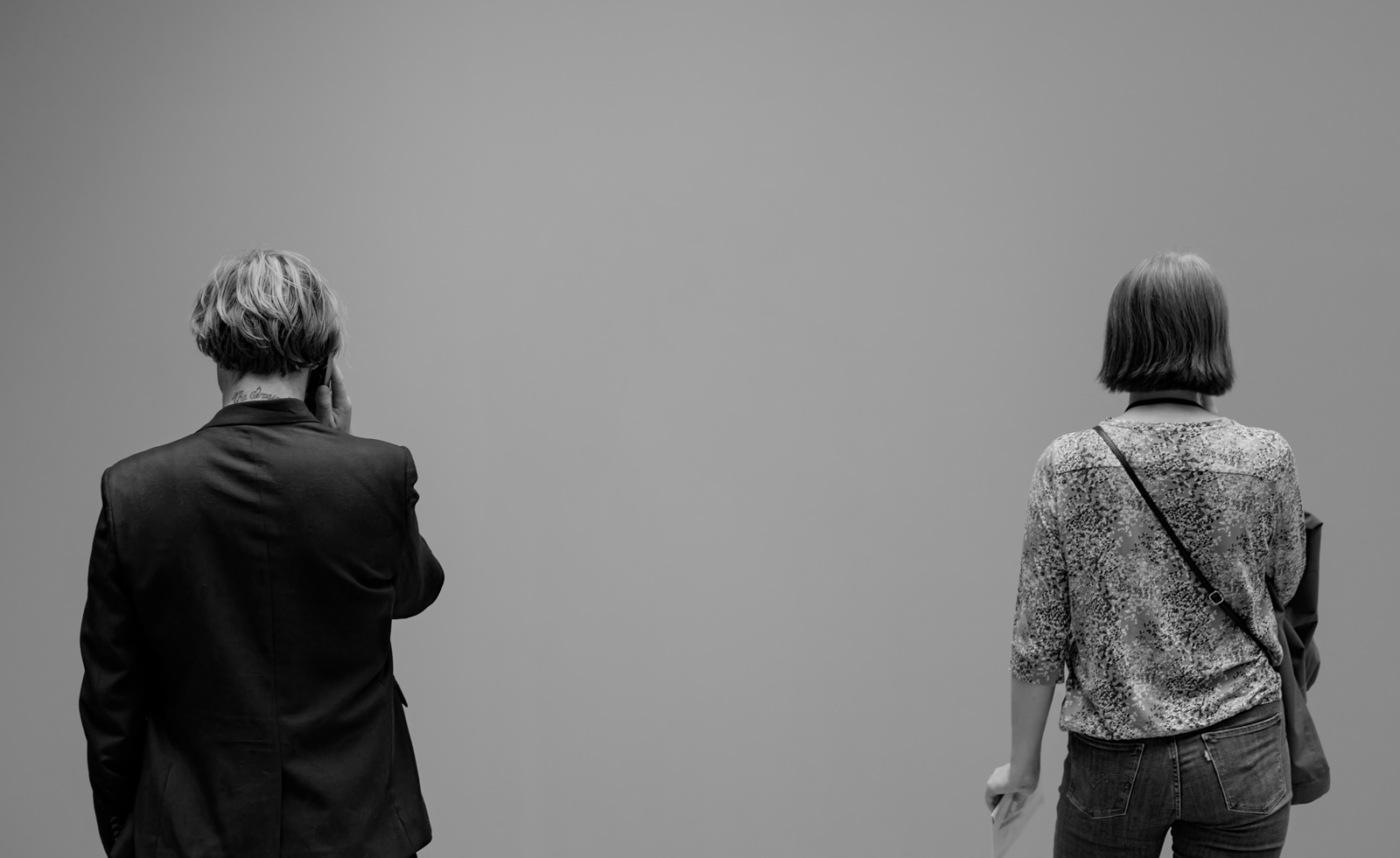 Looking at people looking at art: inside the mind of a gallery attendant
Looking at people looking at art: inside the mind of a gallery attendantVisitor experience workers at London’s Tate Modern, Serpentine, Barbican and V&A share what it’s like to watch people looking at art during a time of changing attention spans and rising vandalism
By Kyle MacNeill
-
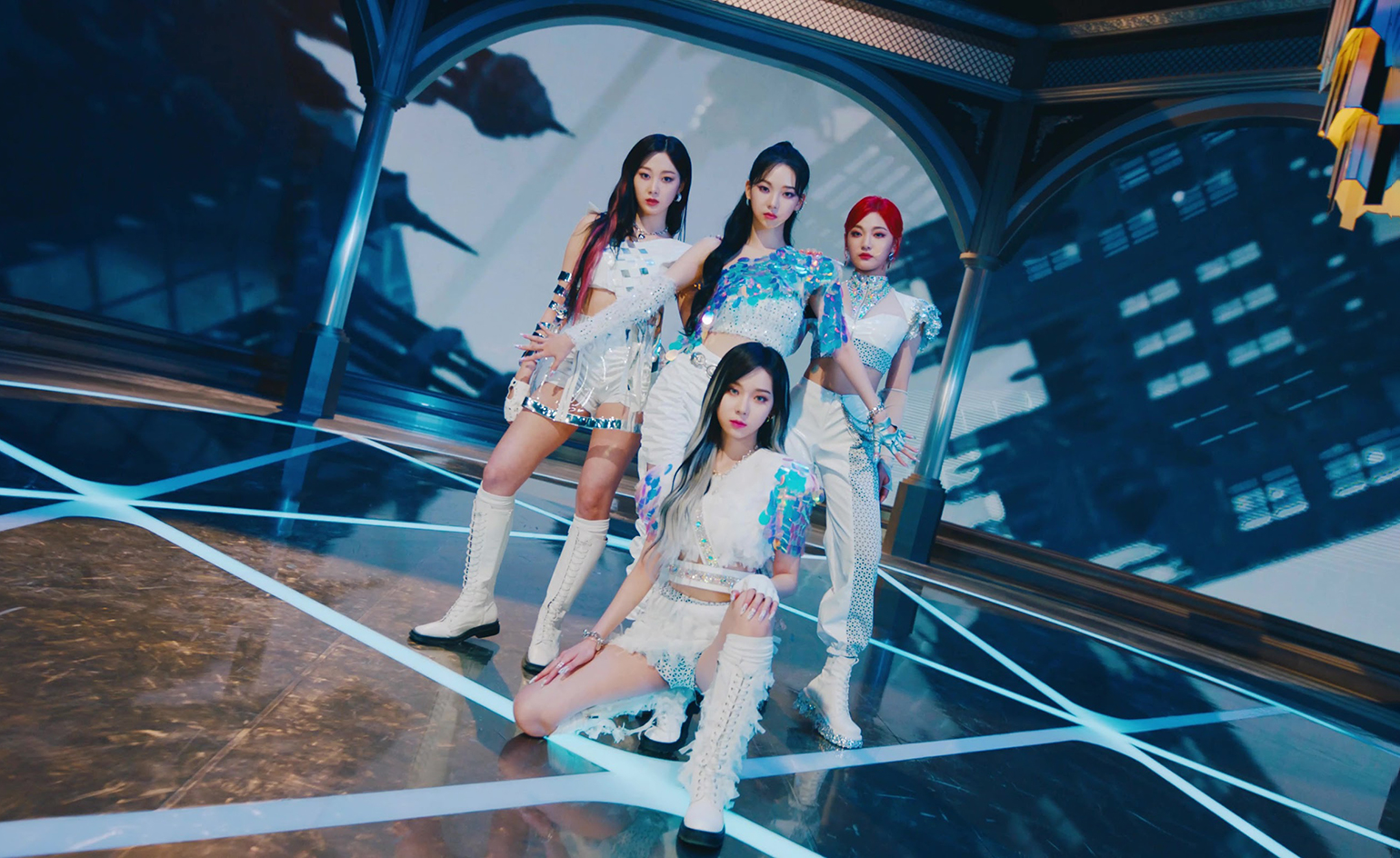 Review: K-style takes centre stage at ‘Hallyu! The Korean Wave’ at the V&A
Review: K-style takes centre stage at ‘Hallyu! The Korean Wave’ at the V&A‘Hallyu! The Korean Wave’ at V&A South Kensington celebrates South Korea’s cultural soft power through K-art, K-pop, K-drama, K-film, K-fashion and K-beauty
By Fiona Bae
-
Tom Hingston on designing for Serpentine Galleries, the V&A, and Wallpaper*
London-based art director and graphic designer Tom Hingston discusses his visual identities for Serpentine Galleries
By TF Chan
-
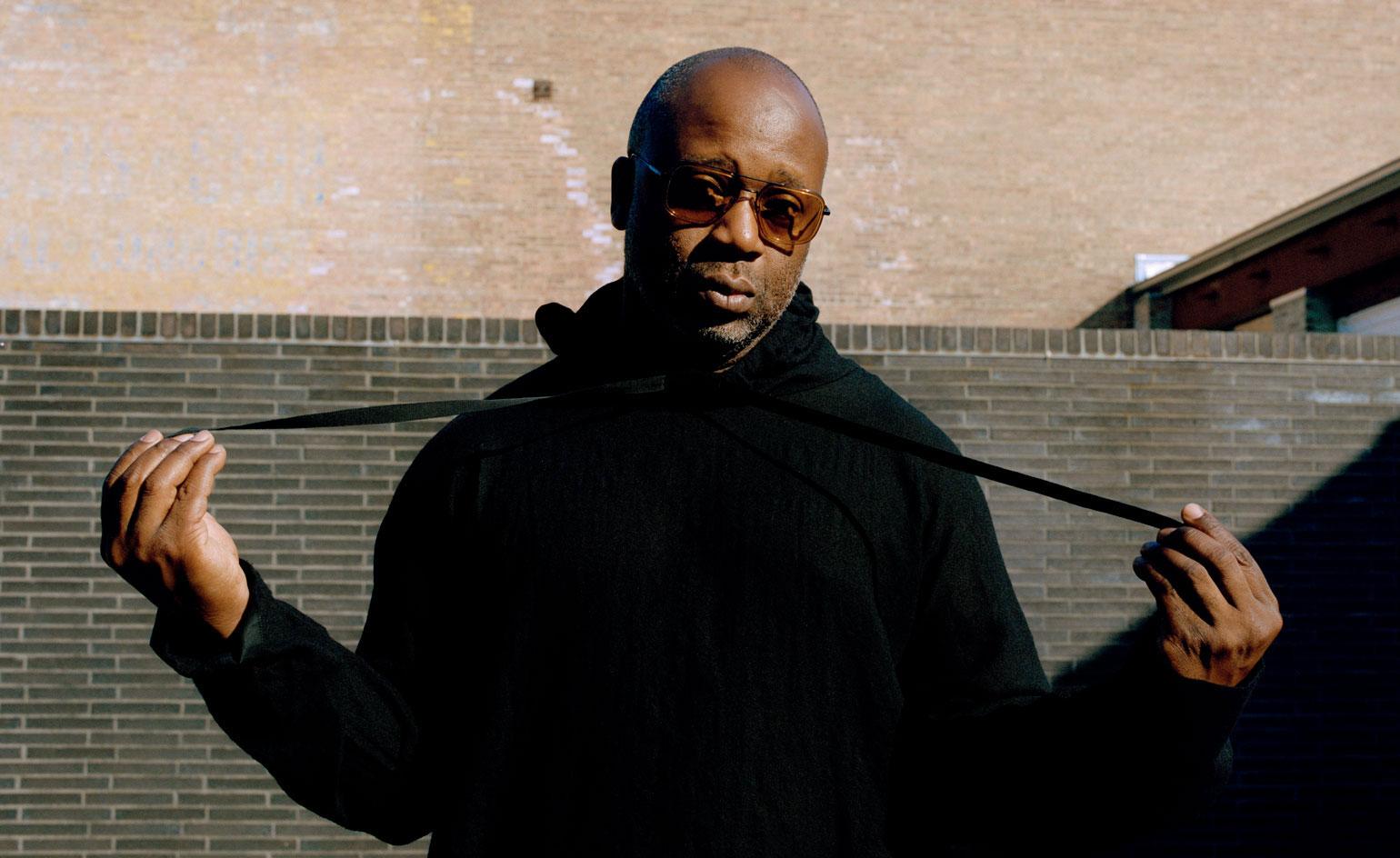 Theaster Gates: London, urban reform and exemplars of Black excellence
Theaster Gates: London, urban reform and exemplars of Black excellenceThe American artist and urban planner returns to London for a cultural takeover on a grand scale, and – as one of five visionaries invited to nominate creative leaders of the future for ‘5x5’, Wallpaper’s 25th anniversary project – picks five exemplars of Black excellence leading the way for social and creative change
By TF Chan
-
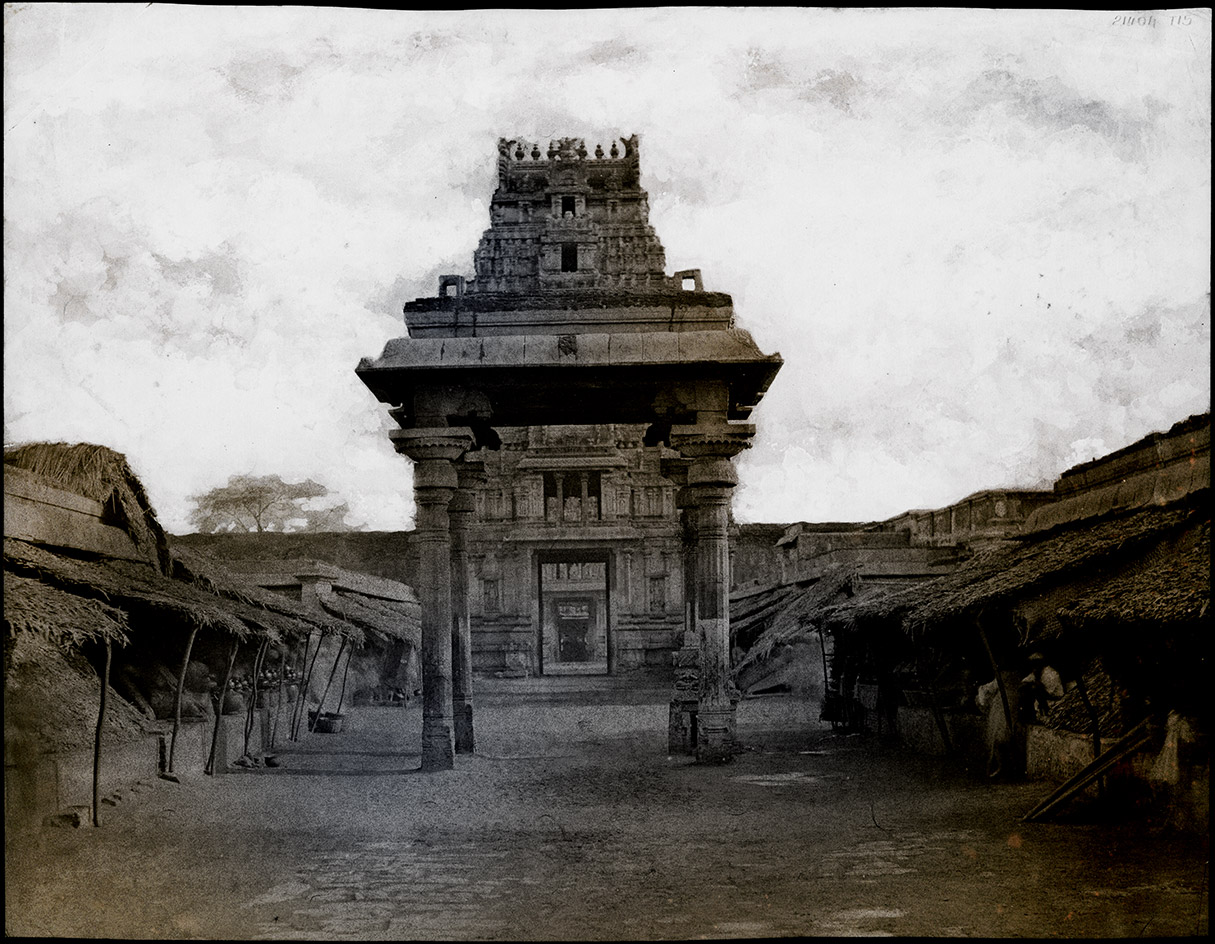 Thomas Ruff reimagines 1850s India and Burma at the V&A Photography Centre
Thomas Ruff reimagines 1850s India and Burma at the V&A Photography CentreBy Jessica Klingelfuss
-
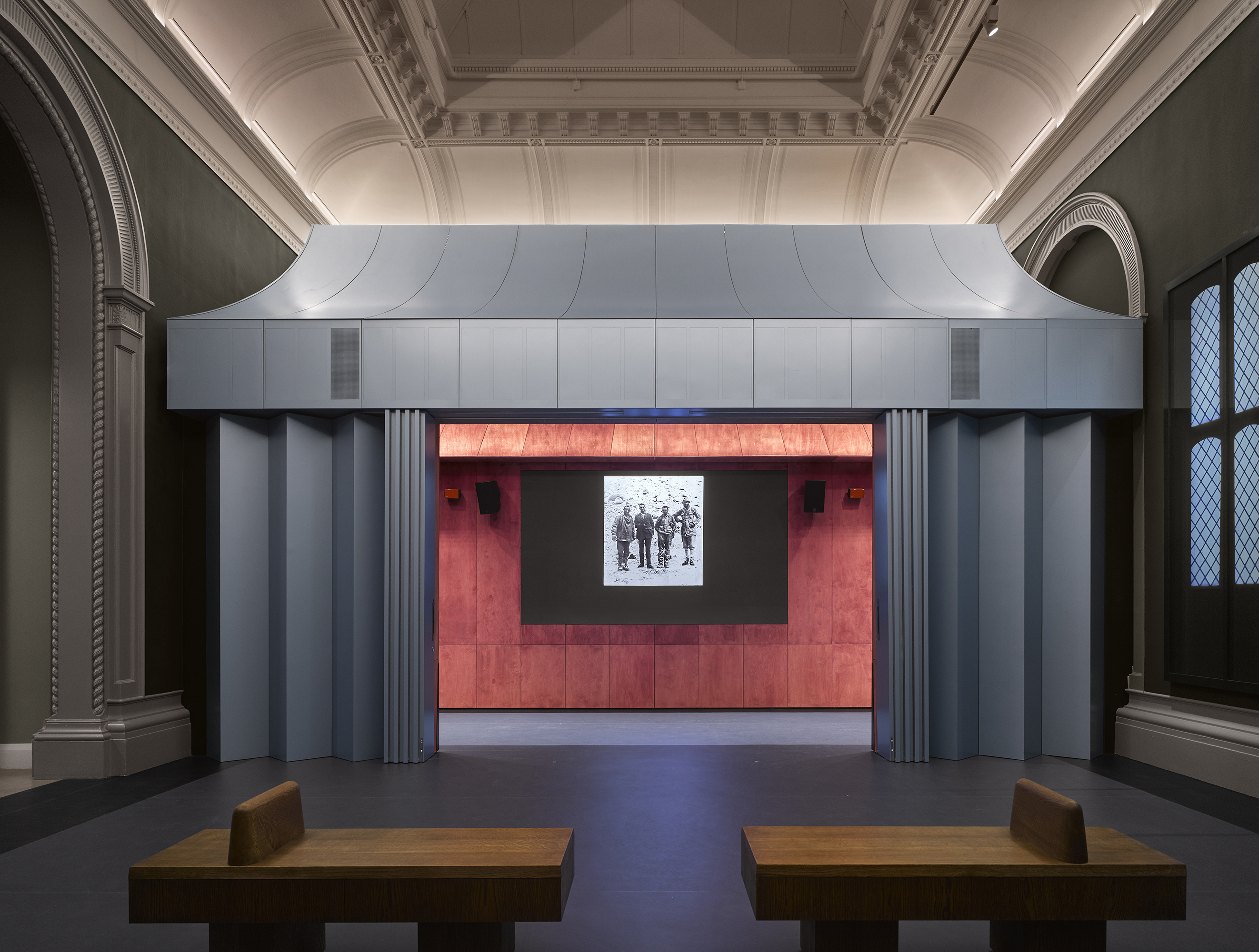 Snap! David Kohn’s V&A Photography Centre opens its doors
Snap! David Kohn’s V&A Photography Centre opens its doorsBy Ellie Stathaki
-
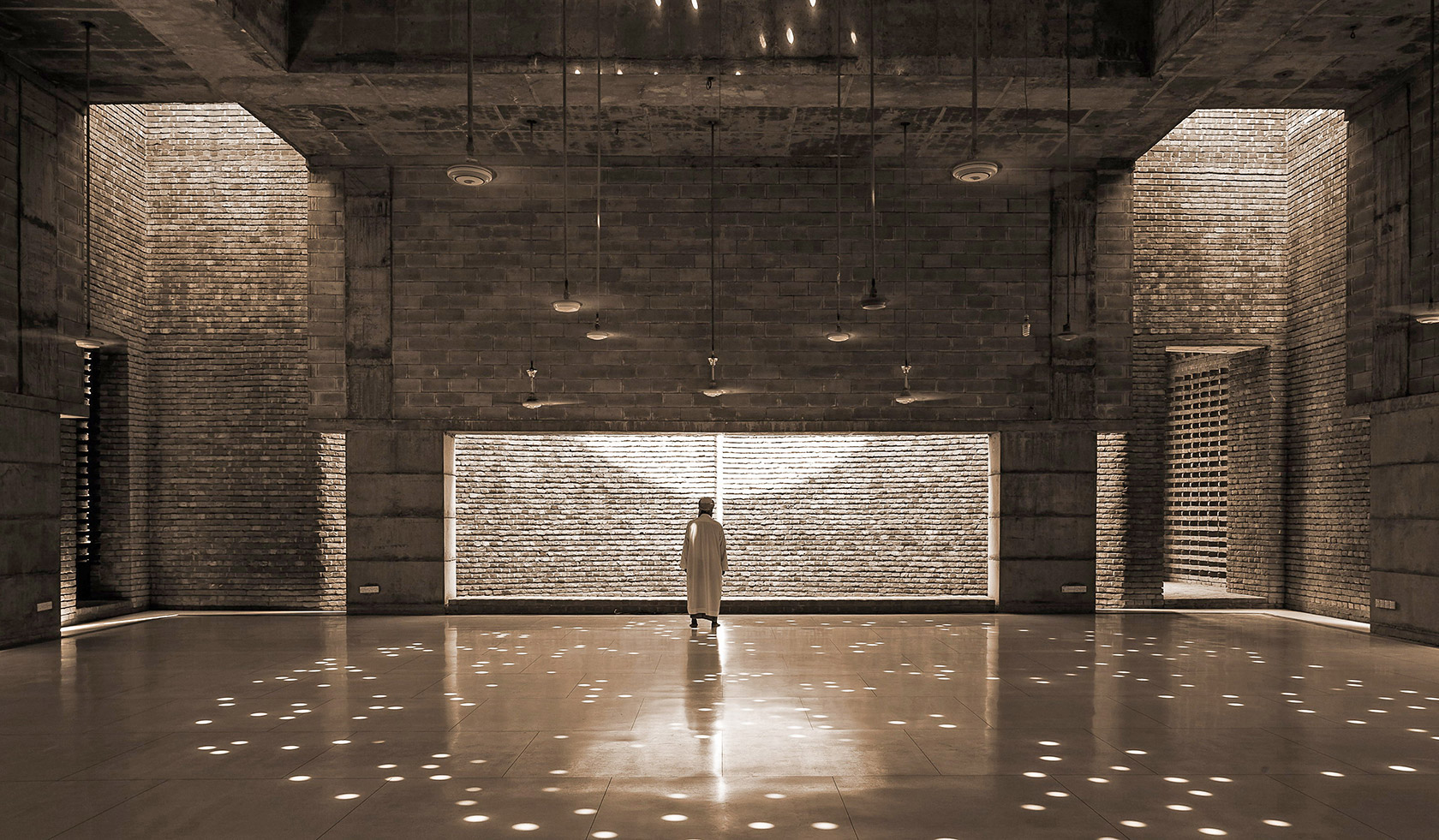 Jameel Prize announces first ever joint winners of the Islamic art and design award
Jameel Prize announces first ever joint winners of the Islamic art and design awardBy Jessica Klingelfuss
